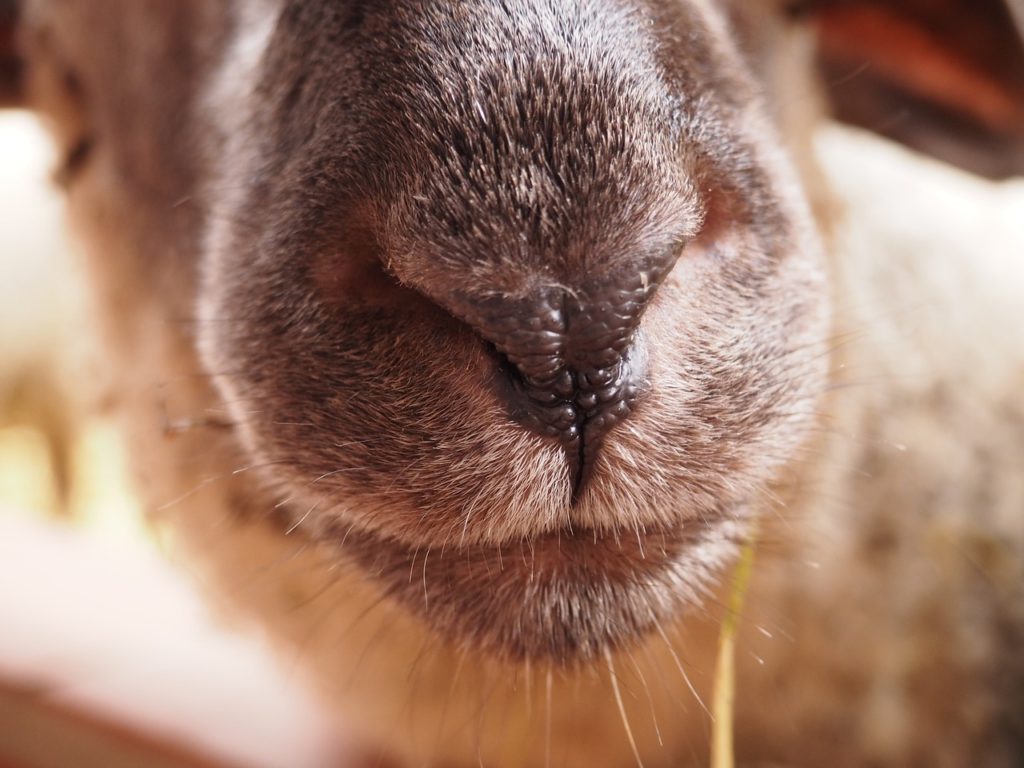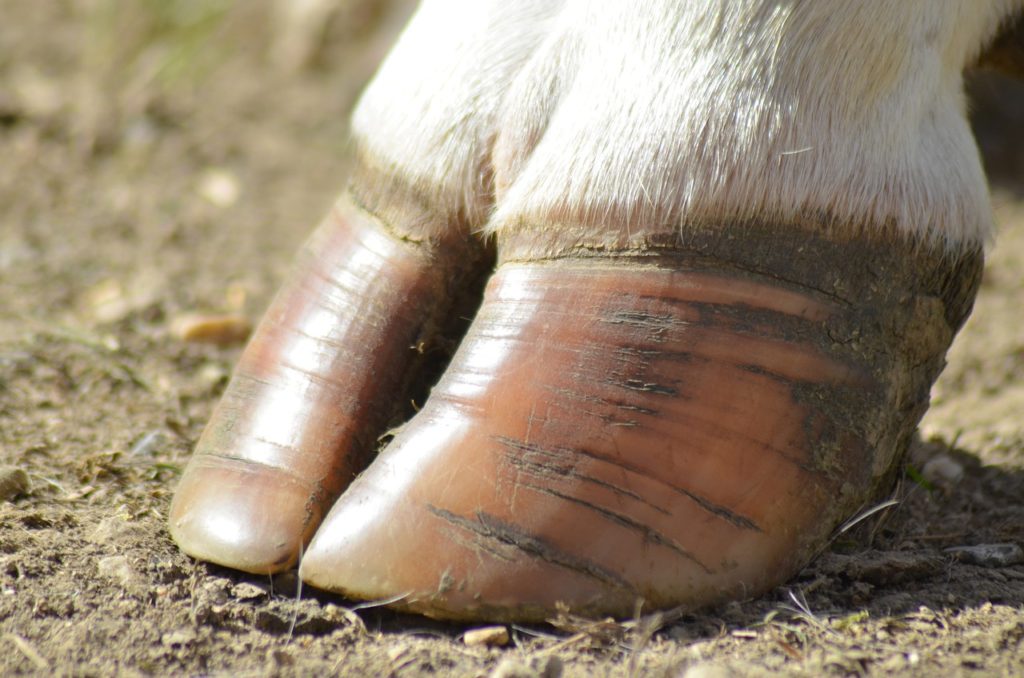When keeping livestock, one must ensure these animals maintain a level of basic good health. This will involve inspecting your animals on a regular basis over and above their regular inoculations and other checks.
There are a few basic things livestock owners should do to perform a basic health check.
First, you should simply stand back and watch your animals. Learn the way they walk, how they eat and how they interact with other animals. Then, when doing a health check, you will be able to see if they are behaving differently to the norm. Do they walk with a limp? Are they walking unevenly or in circles? Are they scratching unusually? Do they have difficulty getting to its feet? Without a baseline of good health to work off, you will struggle to know what is abnormal.
Next, keep track of the body condition of your animals. Learn the basics of your species ~ some breeds of cattle present thinner than others, you cannot always compare any cow to another cow but should rather compare within the same breed. Notice any sudden loss or gain of weight. Check, particularly, how prominent the ribs, backbone and hip bones are. You should also check the animal front-on to monitor the symmetry ~ check for any swellings or curvature of the body.

Check for discharge around the eyes, nose, mouth and reproductive organs. Check for signs of diarrhoea around the anus and also in the pen, kraal, field or stable in which the animals are kept.
Notice the condition of the coat and hooves. Check for lameness by directing the animal to walk forward and turn around. Difficulty or unevenness in their steps can indicate pain in the hooves or legs. Abnormality in their walking can also be indicative of brain problems, blindness or arthritis. When your animals are eating or drinking, watch for excessive salivation, difficulty eating or dropping of food.

Females, particularly those nursing, may be suffering with udder-related ailments. Monitor their feeding and check their nipples regularly. Mastitis, for example, will cause a swollen or discoloured udder. If you are able to touch the animal and her udder, a very firm or unusually hot udder can be a symptom of illness. You should also regularly check the milk ~ watery, discoloured or even bloody milk can indicate a problem. Sometimes, a ewe or cow in pain will kick at her udder with her back leg.
To read more about livestock, click here.
To subscribe to SA Smallholder, click here.

